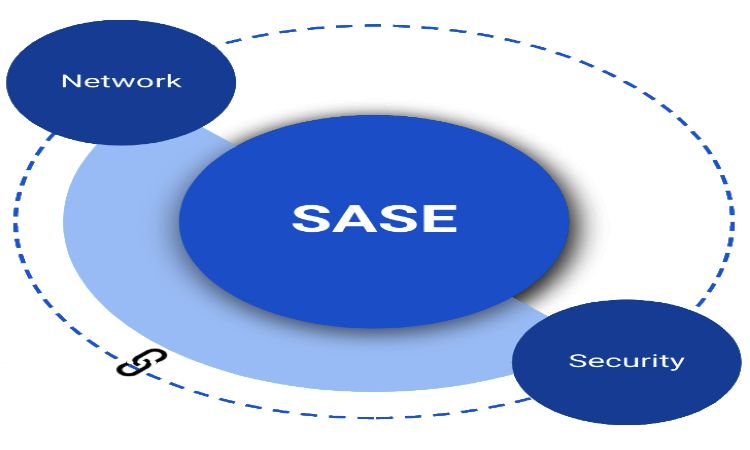As global businesses continue to be thrust into the continuously evolving business landscape, their network and security needs require them to adapt to increasingly more complex situations. Hardware firewalls and VPNs have simply become inadequate for too many companies managing globally distributed infrastructure, a remote workforce, and multi-cloud applications. The most innovative and visionary organisations that want to scale and remain secure are switching to a Secure Access Service Edge (SASE) architecture.
The Shift Toward a Unified Security Framework
SASE is a model defined by Gartner as one that integrates networking and security into one cloud-native solution. It is delivered as a service and spatially dispersed on a global level. Instead of stacking point tools (firewalls, VPNs, proxies, etc.) across headquarters and branch offices, the SASE solution combines existing capabilities and services in a single, unified framework.
By converging networking and security, SASE can now provide:
- Low-latency access to any application, anywhere
- Policy enforcement is consistently enforced across the entire network
- The deployment is to be disaggregated; security follows users, not physical places
Why Global Companies Are Now Asking for SASE
Geographical Resilience and Scalability
Installing global infrastructure locally is very expensive and slow. SASE provides the opportunity to use an existing worldwide cloud infrastructure, facilitating organizations to expand securely in regions.
Better Performance for Distributed Workforces
Remote and mobile workers require faster and reliable access. SASE reduces the latency of application performance by linking users to the closest cloud entry point (point of presence). This allows users to access the applications worldwide with consistent performance.
Contextualized, Fine-grained Security
Rather than providing network access broadly, SASE uses identity-aware controls. Access does not solely depend on the user but also depends on where they are connecting from, what applications they need access to, and more, thereby preventing unnecessary exposure.
Single Policy Governance
SASE provides single-point governance of security policy, instead of numerous different rules on many legacy devices. Global security teams can update access and compliance rules instantaneously and for all locations.
Compliance Simplified
Data privacy, data security, and data use regulatory requirements vary across regions. SASE provides a straightforward way to readily view central baseline visibility with an audit log, so they can easily determine the appropriate solution for local compliance based on applicable data privacy/security mandates (by region).
Choosing Leading SASE Providers for Success
With a truly enterprise-scale, global SASE solution built for agility, coverage, and security, providers like Tata Communications use their global network to offer comprehensive cyber security solutions and reliable connectivity.
- Global reach: Countries across the world through Points of Presence, with greater proximity to users.
- Secure service stack: Secured stack including zero trust network access (ZTNA), a secure web gateway (SWG), a cloud access security broker (CASB), and data loss prevention (DLP).
- Unified experience: One management layer to enforce distributed policies.
- Hybrid flexibility: Support for both cloud-native and on-premise applications with no friction.
SASE allows businesses to scale up quickly and respond with urgency to emerging threats while providing peace of mind. It provides the most effective framework for ensuring that enterprise networking remains agile as well as secure. SASE converges networking and security into a scalable, cloud-native approach that is revolutionizing the way businesses connect, secure, and modify the way they work.








